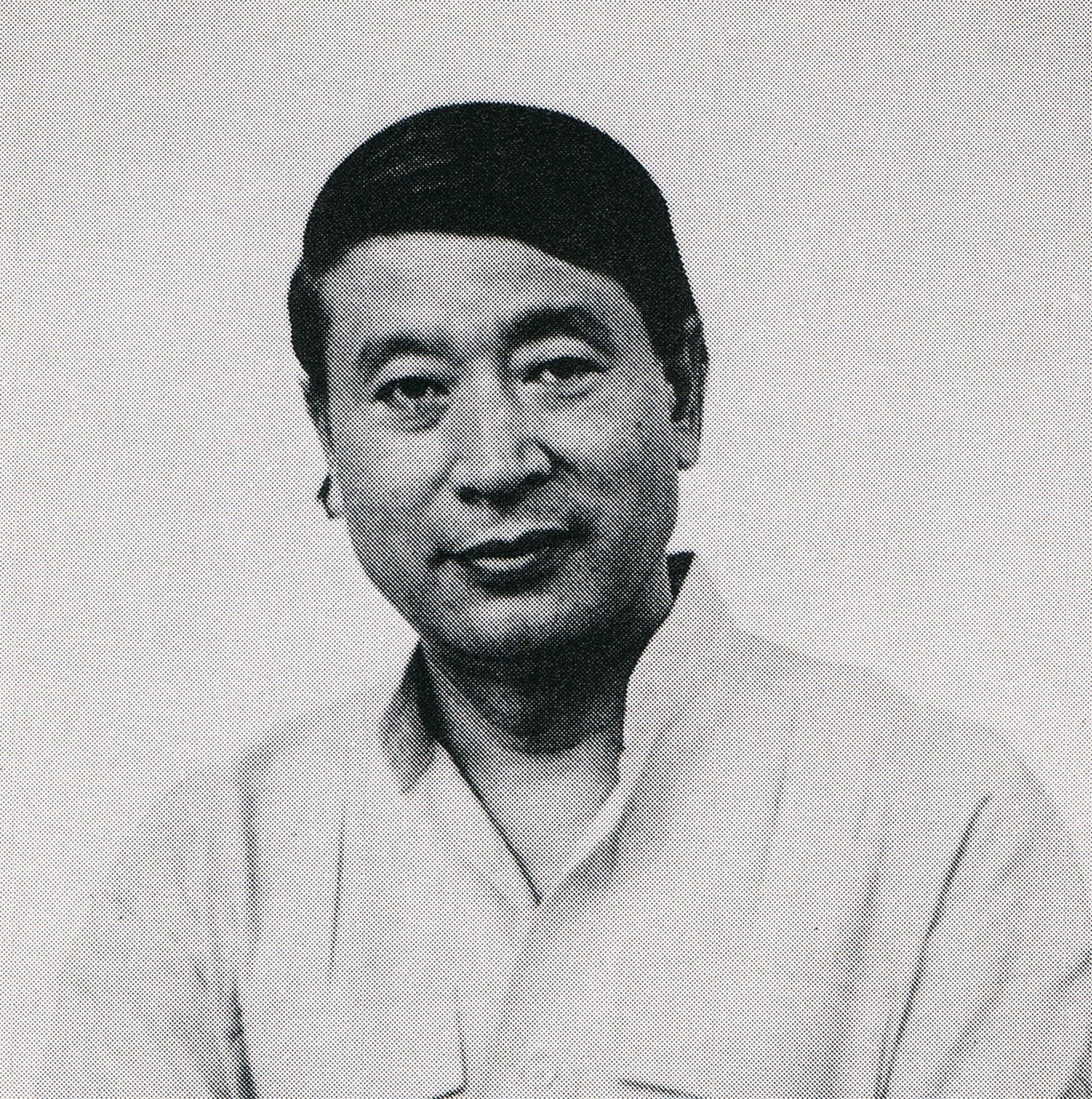
Information
Content includes:
Anton Stankowski, F. H. K. Henrion, Frieder Grindler, Colin Forbes, Alan Fletcher, Wim Crouwel, Adrian Frutiger, Jacques Richez, Silvio Coppola, George Him, Hermann Zapf, Karl Oskar Blase, Pieter Brattinga, Josef Müller-Brockmann, Stanislav Kovář, Gunther Kieser, Wolf D. Zimmermann, John Gorham, Heiri Steiner, Hans Hillmann, Jan van Toorn, Franco Bassi, Bernard Villemot, Kurt Wirth, Hans Schleger, Emanuele Luzzati, Pino Tovaglia, Helmut Schmidt-Rhen, Allen Hurlburt, Giulio Confalonieri, Michael Foreman, Giulio Cittato, Siegfried Odermatt, Roman Cieslewicz, Heinz Waibl, Jean Widmer, Flavio Costantini, Pierre Boucher, Arnold Schwartzman, Gilles Fiszman, Ruedi Külling, Mark Zeugin, B. K. Wiese, David Pelham, Herbert W. Kapitzki, Franco Grignani, Georges Calame, Peter Megert, Waldemar Swierzy, Rosmarie Tissi, Mervyn Kurlansky, John McConnell, Jukka Veistola, Kurt Weidemann, Rambow, Lienemeyer, Van de Sand, Stuart Ash, Jean David, Heather Cooper, Makoto Nakamura, Ikko Tanaka, Tadanori Yokoo, Katsumi Asaba, Kazumasa Nagai, Yoshio Hayakawa, Yasaburo Kuwayama, Shigeo Fukuda, Kiyoshi Awazu, Isao Nishijima, Yusaku Kamekura, U. G. Satoh, Shigeo Okamoto, Tadashi Ohashi, Takenobu Igarashi, Eiko Ishioka
Graphic Design in Europe by Colin Forbes
The main stream and branch of the graphic design for the latest 25 years in Europe by Anton Stankowski
Japanese design and European design by Shigeru Watano
Japan’s Present Graphic Design Situation by Shin’ichi Segi
Past 25 Years of Japanese Grpahic Design by Kazumasa Nagai
Postscript by the Editor
List of Designers who appear in this issue
Index to Overseas Artists and their Works (from No. 1 to No. 149 issues)
Details
Linked Information
